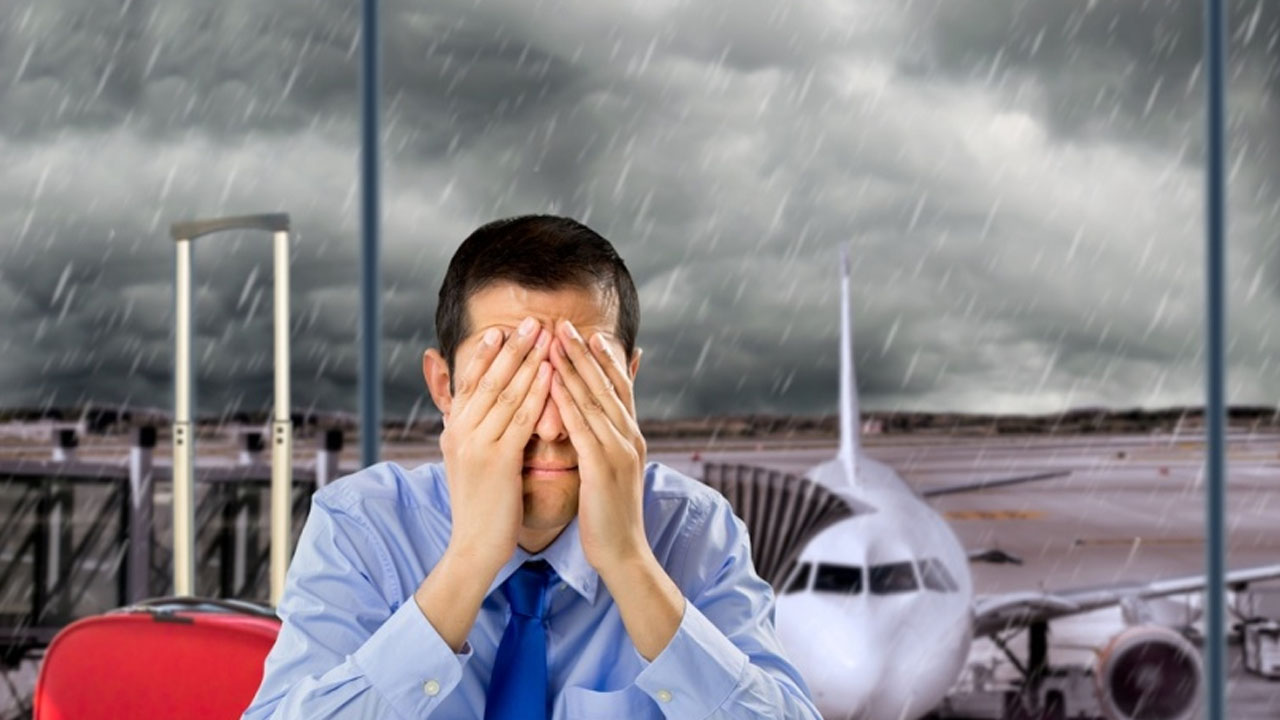The monsoon season has officially arrived in Delhi, as declared by the India Meteorological Department (IMD) on Friday. Heavy rainfall lashed the city, leading to widespread flooding and disruption across the national capital. The downpour marked a significant shift in weather after a relentless heatwave, but it also brought with it severe challenges and tragic incidents.
Torrential Rains and Widespread Waterlogging
The IMD confirmed that the southwest monsoon had advanced into parts of west Rajasthan, the remaining parts of east Rajasthan, some parts of Haryana, and the entirety of Delhi and more parts of west Uttar Pradesh. This transition was marked by heavy rainfall that left many roads in the capital submerged, disrupting daily life.
Delhi experienced one of its wettest spells of the year, receiving 150 mm of rain within a mere three hours between 2:30 am and 5:30 am. The city’s main observatory at Safdarjung recorded a staggering 228 mm of rainfall over the past 24 hours. This incessant rain caused severe waterlogging, with water entering houses in several low-lying areas and causing extensive damage.
Devastation at Indira Gandhi Airport
At Indira Gandhi Airport’s Terminal 1, the heavy rainfall led to a tragic incident where a section of the roof collapsed. This unfortunate event resulted in the death of one person and left several others injured. All departures from the terminal were temporarily suspended, and check-in counters were closed as a precautionary measure. The airport authorities reported the cancellation of 16 departure flights and 12 arrival flights since midnight due to the adverse weather conditions.
Traffic Chaos and Metro Disruptions
The heavy rainfall also caused severe traffic disruptions across the city. Key roads, including the Delhi Meerut Highway, Naraina-Moti Bagh Road near Dhaula Kuan Flyover, and Tilak Bridge, were flooded, leading to long traffic snarls. The Delhi Traffic Police announced diversions in several areas, advising commuters to take alternate routes. Areas and many roads leading to AIIMS were particularly affected.
In addition to road traffic, metro services were also disrupted due to the flooding. Several metro stations experienced waterlogging, causing delays and inconvenience to commuters. The police advised residents to avoid traveling unless necessary and to stay updated on traffic advisories.
A Gloomy Forecast Ahead
The IMD has provided a seven-day forecast for Delhi, predicting mostly overcast skies with varying amounts of rainfall and strong winds. Thunderstorms and lightning are expected to continue, adding to the challenges faced by the city’s residents.
The monsoon, while bringing relief from the scorching heat, has underscored the need for better urban planning and infrastructure to handle such extreme weather conditions. As Delhi grapples with the aftermath of this heavy rainfall, authorities and residents are bracing for more challenges in the days to come.
(With inputs from agencies)








